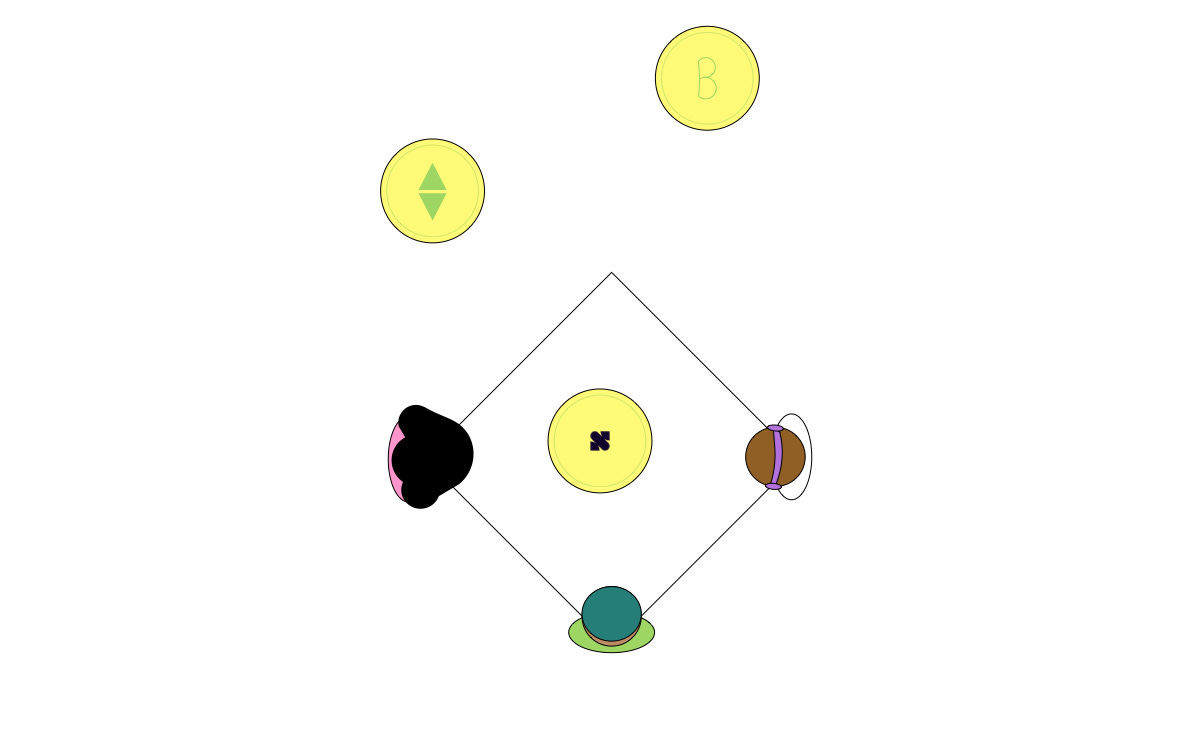📌 Quick note!
I would love to reward the Top 5 Sharers of this newsletter by the end of the month [Substack has a backend for this, so I can tell]. It’s a win-win; give your friends the gift of great content and get rewarded for it too.
Thank you for being so supportive!
In 1972, a behavioural professor of psychology realised something:
Attaching an otherwise non-practical token (or asset) to a desired behaviour changed the patient’s conduct.
This later became generally known as token economy, a part of the larger concept of operant conditioning, attributed to the same renowned psychologist B.F. Skinner.
I can’t help but see the correlation here.
See, the recipient isn’t really interested in the asset itself but in what it can do for them.
Curious, I wondered: what really gives a coin its value? Can it be measured? Is it solely about the monetary profits?
What’s Tokenomics About?
A basic rule in economics is how demand affects supply, which in turn, affects the price.
With tokens, supply can be divided into 3 main categories: circulating supply [how many tokens are currently being used], total supply [how many tokens have ever been used, in addition to current use] and maximum supply [how many tokens will ever exist]. For example, Litecoin has a maximum supply of 84 million that’ll ever be mined, while ETH, on the other hand, currently has no cap.
The logic then follows that, naturally, Litecoin should be more valuable.
Right?
Wrong.
Because this is life, and when is anything ever that straightforward? This is where tokenomics comes in.
“Tokenomics refers to the structure of a cryptocurrency’s economy as designed by its creators.”
I’d say tokenomics is the art and science of a token’s lifecycle.
Technically, a token is a digital unit of value that exists within a blockchain project. It has various differences from a crypto coin, one of which is that tokens are not solely for spending. For example, governance tokens are used for voting within a project. Thus, all cryptocurrencies are tokens but not vice versa.
Several factors determine tokenomics: supply, token velocity, overall monetary value [market cap] etc. But while all these factors are essential, if I had to pick one, it’d be this:
Utility.
What you want is a set of customers (aka buyers) that have a vested belief (let’s call them the As) in the project beyond a monetary motive (the Bs). The Bs mostly wanna make a quick buck (hey— no judgements here), but this has the unfortunate side effect of pushing prices to become too volatile. Because the more dominated by Bs the project/platform is, the more all participants are susceptible to a price bust.
Utility is one factor that makes us stick around in a raging bear market, and there’s panic everywhere else.
What I’m saying is this: in the mystical land of tokenomics, utility is king.
Or maybe making money is more important. In which case, you know what? Scrap literally everything I just said.
🟣 Pick of the week!
This comprehensive guide on how to DYOR [do your own research], to which tokenomics is merely a subset.







Never quite understood what tokens were in the context of cryptocurrency till I read this article. Thank you for sharing!